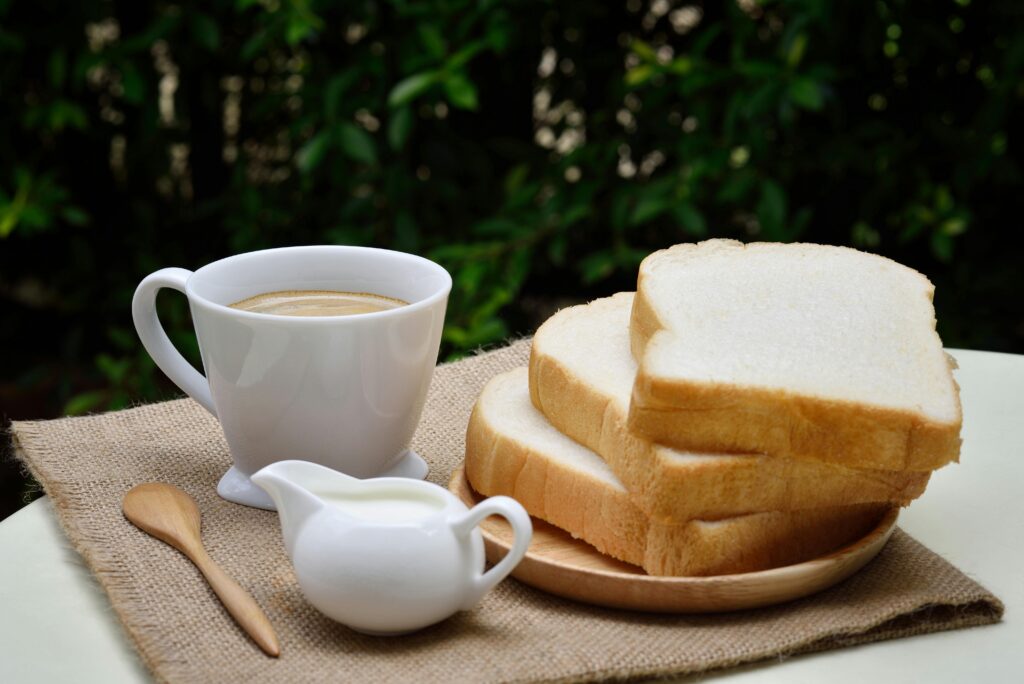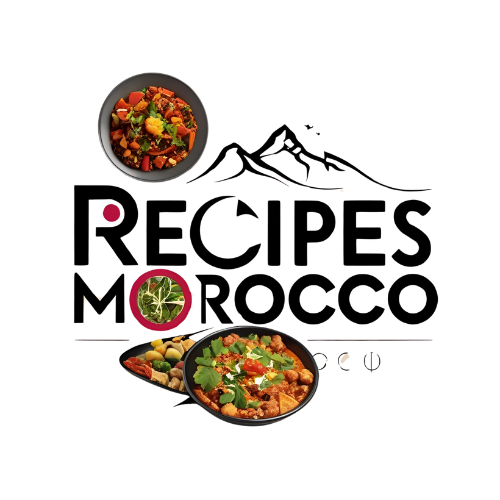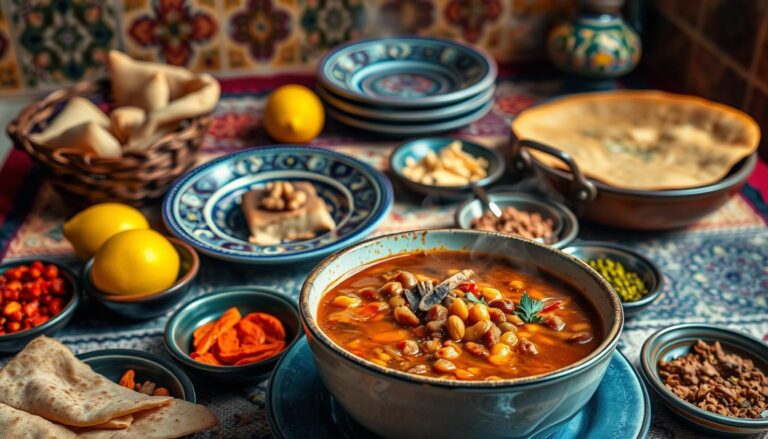Moroccan Bread Secrets: From Khobz to Msemen

A staple of the country’s cuisine, Moroccan bread embodies the rich cultural legacy and varied customs of the Moroccan people. It is an essential part of Moroccan life, woven into both special occasions and everyday routines, and it is not only a meal addition. There are many different types of Moroccan bread, each with its own special cooking techniques and cultural importance, ranging from the common khobz, a round, crusty loaf, to the flaky msemen, a layered flatbread sometimes eaten with honey or savory contents. In order to provide readers a thorough grasp of this crucial component of Moroccan cuisine, this article will examine the history, regional differences, cooking methods, and social significance of Moroccan bread.
Historical Background
Because of the many different civilizations that have lived in the area, such as Berber, Arab, and Andalusian customs, Moroccan bread has a long history. Every community added to the diverse fabric of Moroccan bread-making by bringing their unique baking techniques and recipes. Bread was traditionally prepared in “fours,” or communal ovens, where families would congregate to prepare their loaves, encouraging camaraderie and teamwork. Bread has changed over the ages to accommodate the availability of regional components such semolina, barley, and wheat. Bread’s historical significance in Morocco is evident in its function as a family-sustaining staple food and a symbol of hospitality, frequently offered to visitors as a token of respect and welcome.
Moroccan Bread Types
There are many different types of Moroccan bread, each with unique traits and cultural meanings. Made of wheat flour, water, salt, and yeast, khobz is the most popular kind and is typically eaten with every meal. Msemen, a flaky, layered flatbread that can be filled with either sweet or savory ingredients, is another well-liked variety. Similar to msemen but usually thicker, rghaif is frequently served with stews or tagines. Other noteworthy breads are harcha, a flatbread made of semolina that is frequently eaten for morning, and batbout, a pocket bread that resembles pita. With distinct functions and a display of the variety of materials and baking methods employed in Moroccan baking, each variety of bread has a strong cultural connection to Morocco.
Ingredients and Methods of Preparation
Moroccan bread making is an art form that blends traditional methods with basic components. Although variations may include extra components like olive oil or spices, the main ingredients are flour (often wheat or semolina), water, salt, and yeast. In order to create a light, airy loaf, the dough for khobz is kneaded until it is smooth and then allowed to rise. A more intricate procedure is needed for msemen, which involves rolling out the dough, brushing it with oil, folding it into layers, and then cooking it on a heated griddle. Although the methods differ depending on the bread type, the goal is always to achieve the ideal texture and flavor, which is frequently improved by baking in conventional clay ovens. This painstaking procedure preserves the bread-making culture while also showcasing the talent and commitment of Moroccan bakers.
Regional Differences
The environment, local ingredients, and cultural customs all have an impact on the regional variations in Moroccan bread. Because high-quality wheat is more readily available in coastal places, bread may contain more yeast and have a lighter texture. Breads like agroum, which are frequently produced with coarser flour, are common in the highland areas where barley is more widespread. Because of the region’s farming methods, loaves from the southern regions could be thicker and more filling. These regional variations show how local resources and customs influence culinary techniques in addition to showcasing the diversity of Moroccan cuisine. Every variety of bread narrates its genesis story, making it an essential component of the local culture.
Bread in Everyday Life
Bread is an essential part of meals and represents camaraderie and sustenance in Moroccan daily life. Families frequently break bread together, which promotes a feeling of solidarity and shared experience. Most meals, including salads, stews, and delicious tagines, are served on bread so that guests can enjoy the depth of the ingredients and sauces. To further create a tactile and social dining experience, bread is frequently used in place of cutlery, with guests breaking off pieces to scoop up food. Offering bread to guests is a symbol of respect and kindness, which is reflected in the Moroccan ideal of hospitality. In this sense, bread is more than just a food item; it is an essential component of cultural expression and social interaction.
Festive Breads
On religious and festive occasions, some varieties of Moroccan bread are particularly significant. For example, intricate breads like “msemen bel’halwa” are made for weddings and are frequently decorated with honey or filled with sweet concoctions to represent joy and prosperity. In a same vein, families make more bread to share with friends and neighbors during religious celebrations like Eid al-Fitr, strengthening links throughout the community. These festive breads are frequently served with traditional fare, highlighting the significance of food in Moroccan culture and fostering a joyous environment. In addition to marking important occasions, the making and sharing of these unique loaves helps to preserve cultural customs and social bonds.
Contemporary Modifications
Traditional bread-making methods are being tweaked to accommodate modern tastes and nutritional requirements as Moroccan cuisine continues to gain appeal around the world. In an effort to satisfy health-conscious customers, bakers are increasingly experimenting with alternative flours, such as whole wheat or gluten-free varieties. International flavors and ingredients have also been incorporated into traditional dishes, creating distinctive fusions like khobz with spices or herbs from various cultures. Moroccan cuisine is constantly changing, and these contemporary modifications show how it can adapt to new developments while still respecting its rich culinary history. The potential for originality and invention in bread-making increases along with the popularity of Moroccan bread around the world.
Bread’s Function in Moroccan Hospitality
In Moroccan tradition, bread is a sign of hospitality and is frequently served to visitors as a greeting. Sharing food is a deeply rooted custom in Moroccan culture, where it is viewed as a sign of love and charity. It is common to provide freshly made bread with traditional dips or spreads to guests as soon as they arrive. This custom helps to establish a welcoming environment that encourages interactions and dialogue amongst family members and friends. Additionally, families make a lot of bread to distribute with neighbors and community members during joyful occasions, which strengthens the idea of solidarity and support amongst neighbors. In this sense, bread in Morocco becomes more than just a culinary item; it is a representation of hospitality and cultural identity.
In conclusion
From Khobz to Msemen, the mysteries of Moroccan bread unveil a diverse tapestry of culture, history, and culinary talent. Every variety of bread has a unique history that has been influenced by local customs, cooking methods, and Moroccan daily life. Bread is much more than just a basic nourishment; it is a representation of hospitality, community, and tradition that unites friends and family. The love of traditional bread-making endures despite the ongoing changes in Moroccan cuisine, honoring the past while looking to the future. Moroccan bread is an enduring and cherished part of the country’s culinary legacy, whether it is consumed as part of regular meals, on special occasions, or as a welcome gift.


